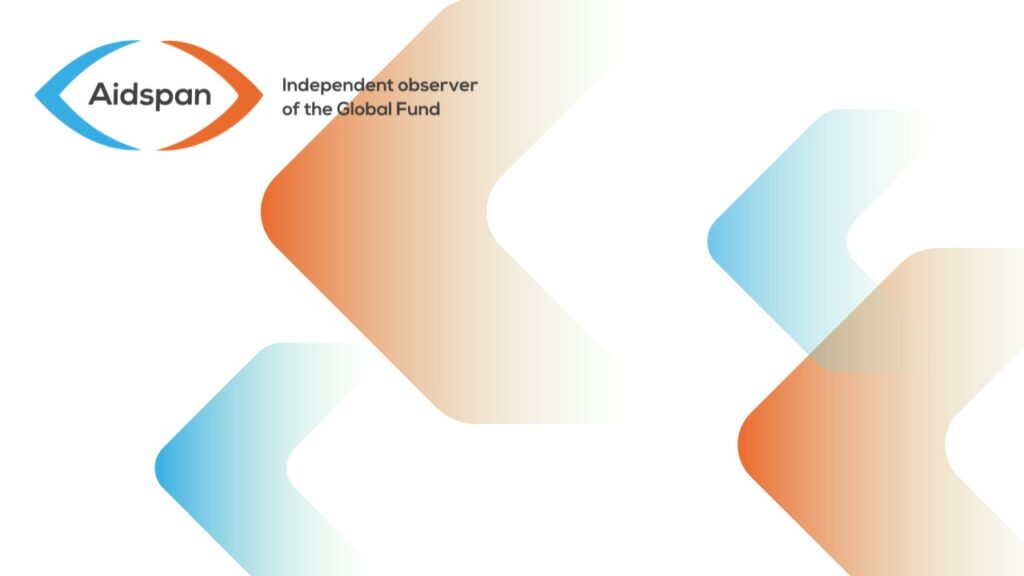
GFO Issue 99, Article Number: 3
Sub-title :
ABSTRACT
ABSTRACT
The Board has endorsed in principle the idea that the Fund will implement a “new architecture” in which Rounds-based grants and RCC grants will be replaced by a “single stream of funding.” One feature of this is that starting with Round 10, the Fund will have a new round every six months rather than every twelve months.
As mentioned above, the Global Fund Board has just endorsed in principle the idea that the Fund will implement a “new architecture” in which Rounds-based grants and RCC grants will be replaced by a “single stream of funding” model.
The background to this decision is that grant implementers are having major problems with some aspects of the Fund's current grant architecture, as was discussed in the Aidspan white paper "Scaling Up to Meet the Need: Overcoming barriers to the development of bold Global Fund-financed programs," accessible at www.aidspan.org/aidspanpublications, and in a Commentary article in GFO Issue 89.
These implementers are asking for action in two main areas. First, in cases where their proposal is rejected, they want the Fund to follow an iterative process whereby the TRP lets them know what kinds of change they need to make to their proposal, and permits them to resubmit their rejected proposal with the necessary fixes made.
Second, they are in effect also asking for the Fund to move towards having one “single-stream grant” for each country/disease/PR combination. Once a PR has been approved for a grant for a particular disease, the CCM and the PR don’t want to be forced to go through the huge effort involved in submitting full-scale proposals for further rounds-based or RCC grants for the same PR and disease. Instead, they want to be treated rather like a small company that has a loan from a bank and is then able to apply at any time to have the loan be made larger (possibly in order to finance additional activities) and/or to last longer, so long as the company can prove that it is using the loan for its intended purposes and is making repayments on time. Ultimately, there needs to be one budget, one set of indicators and one timeline for disbursements and reviews per PR per disease.
Both of these needs will be met in the Fund’s new architecture. While declaring that some aspects of the model require further consideration and development, the Board decided to approve some changes immediately. Specifically, the Board decided that commencing with Round 10:
- The Fund will have a new round every six months rather than every twelve months. (Thus far, with one exception, the Fund has approved one Round in each year.)
- An applicant whose proposal is recommended as “Category 3” by the TRP will be entitled to re-submit, in the next round, a revised version of the same proposal. (This concept was introduced, on a trial basis, in Round 8.)
- The TRP may, when recommending a proposal for approval, make its recommendation conditional upon the removal of a limited set of specific elements from the disease proposal. (The TRP already has the ability to do this for proposals submitted under the rolling continuation channel.)
Considerable work remains to be done to flesh out the single stream funding model. For instance, care has to be taken that PRs do not become entrenched, getting regular extensions or additions to their single stream of funding even if they are not working hard to become more effective. The Secretariat is scheduled to present a detailed design for the implementation of the model to the Board’s Policy and Strategy Committee in early 2009. The model is then scheduled to be presented for potential approval at the May 2009 board meeting.
- The Fund will have a new round every six months rather than every twelve months. (Thus far, with one exception, the Fund has approved one Round in each year.)
- An applicant whose proposal is recommended as “Category 3” by the TRP will be entitled to re-submit, in the next round, a revised version of the same proposal. (This concept was introduced, on a trial basis, in Round 8.)
- The TRP may, when recommending a proposal for approval, make its recommendation conditional upon the removal of a limited set of specific elements from the disease proposal. (The TRP already has the ability to do this for proposals submitted under the rolling continuation channel.)
